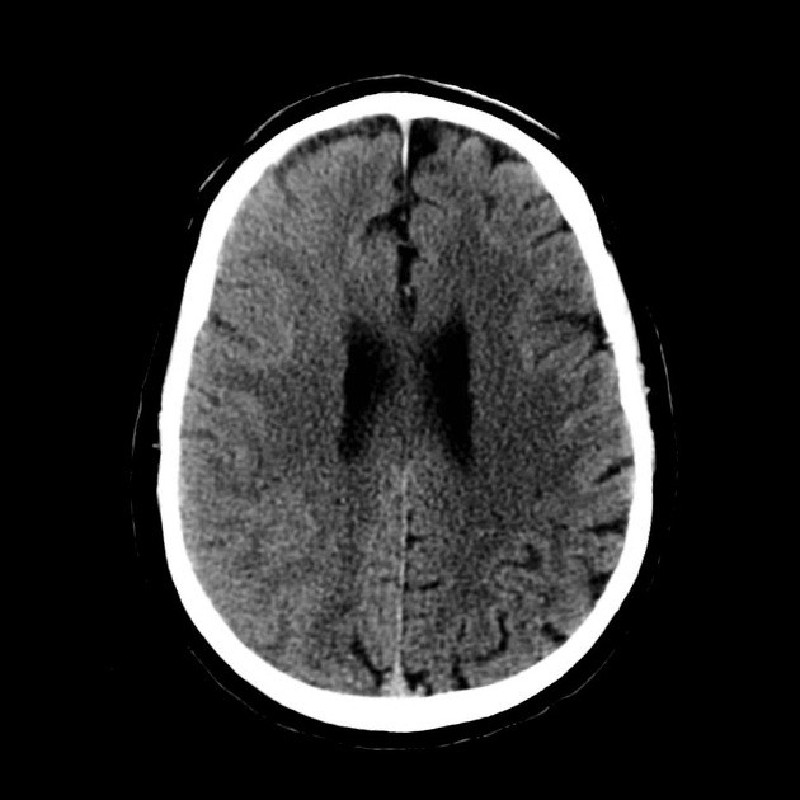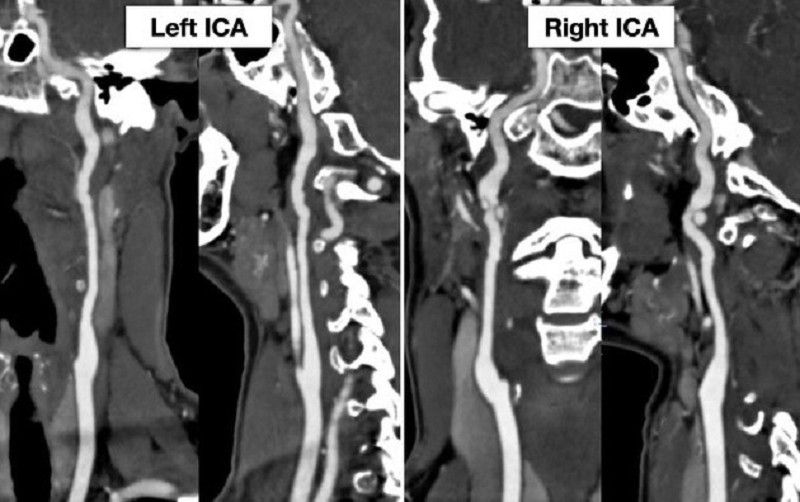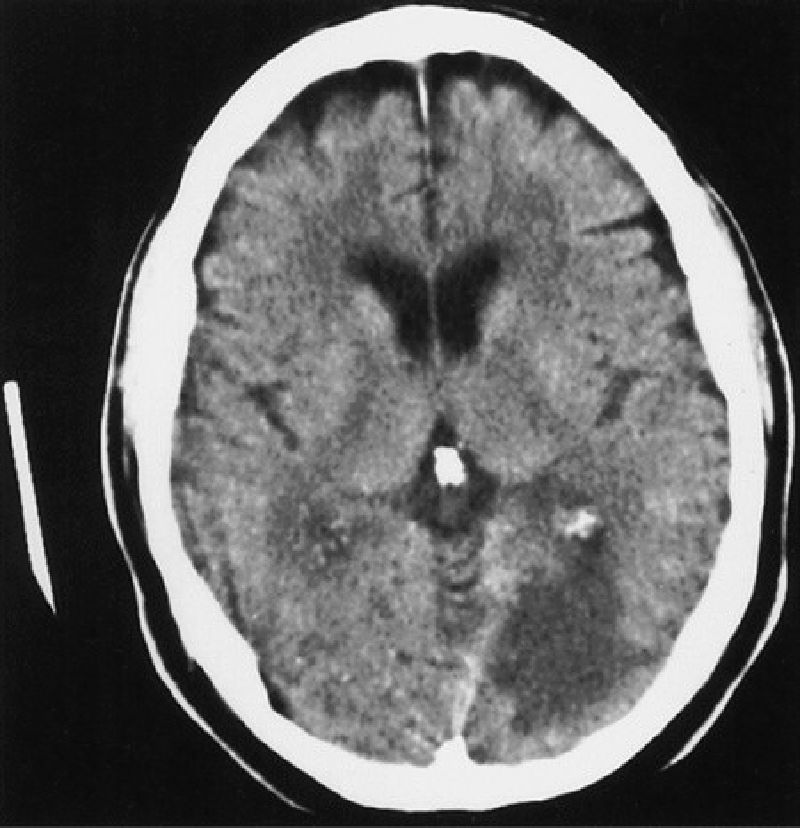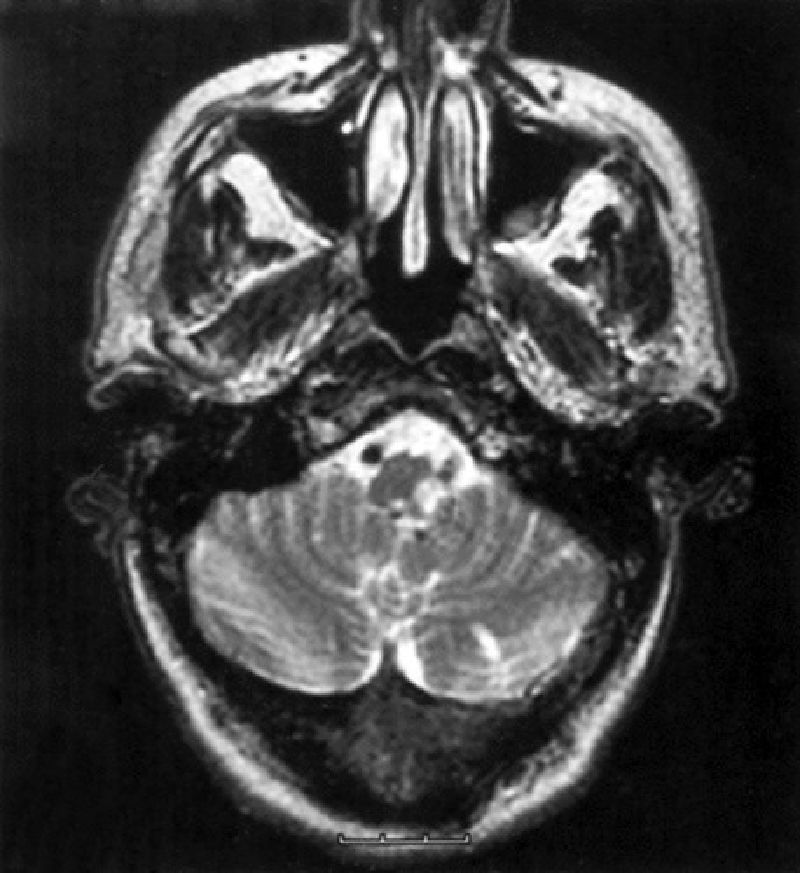Stroke
{"name":"Stroke", "url":"https://www.quiz-maker.com/QPREVIEW","txt":"Test your knowledge on stroke diagnoses and management with our comprehensive quiz designed for medical professionals and students alike.This engaging quiz covers:Stroke syndromesImaging techniquesNeuroanatomy related to strokesClinical features and presentations","img":"https:/images/course8.png"}
More Quizzes
Prof_ParaClinic I
10150140
(NEW)part8(1957-2000)......(1785-2039)6breetpit
108540
Month By Month Playlister (FEBRUARY)
100
International Market: Starbucks Coffee Company
1050
Free Fire Service Fundamentals
201023044
Free Fuel Gas Fittings: Left-Hand Threads
201026448
Can You Name the Hachi Movie Breed of Dog? Take the
201044705
Free Progressivism & Imperialism - Test US History
201027791
Think You Know Matrices? Try Our Free Matrices
201027234
What Dog Matches Me? Take the Fun Personality
201026448
Point Source vs Nonpoint Source: Think You Can Ace It?
201078305
Ace Your Abeka Economics 11: Free 11th Grade Practice
201041517




